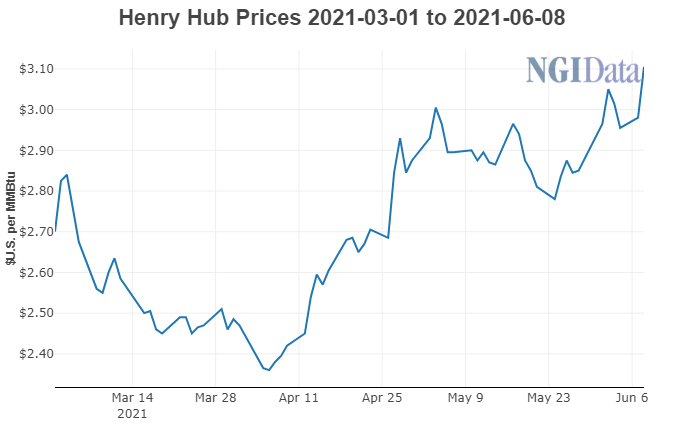Natural Gas Prices | LNG | LNG Insight | Markets | NGI All News Access | NGI The Weekly Gas Market Report
Natural Gas Bulls to Extend Parade Through Summer, Support $3.00 Prices, Analysts Say
© 2024 Natural Gas Intelligence. All rights reserved.
ISSN © 1532-1231 | ISSN © 2577-9877 | ISSN © 1532-1266 |



